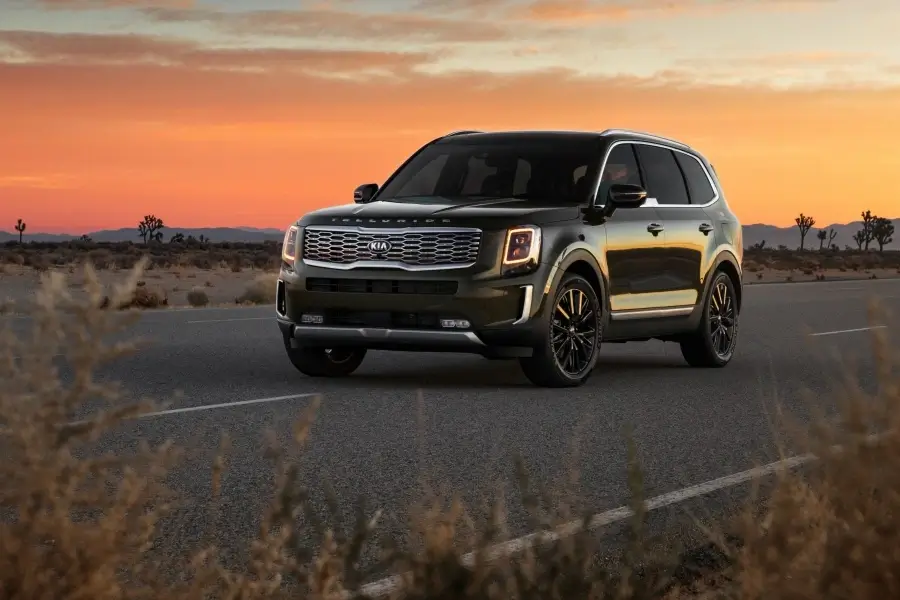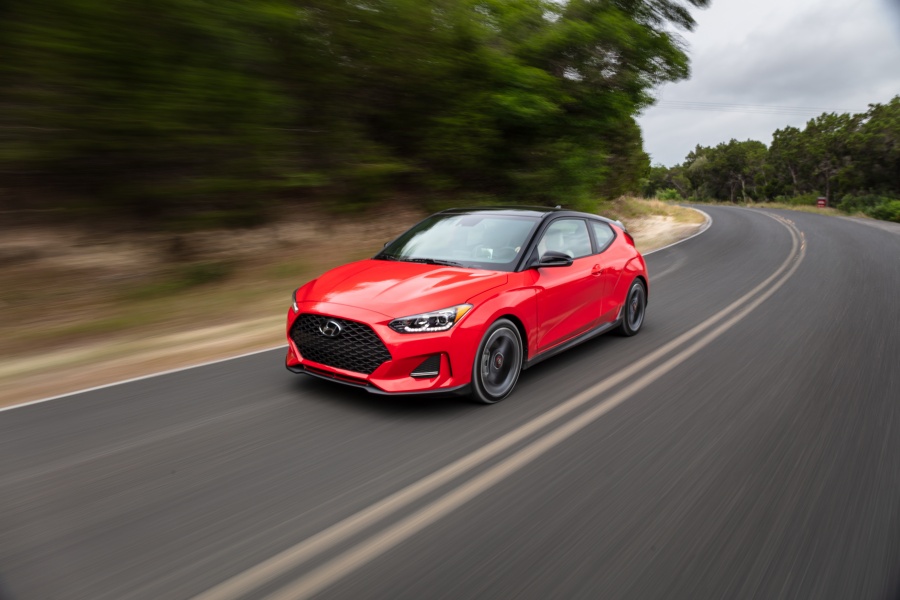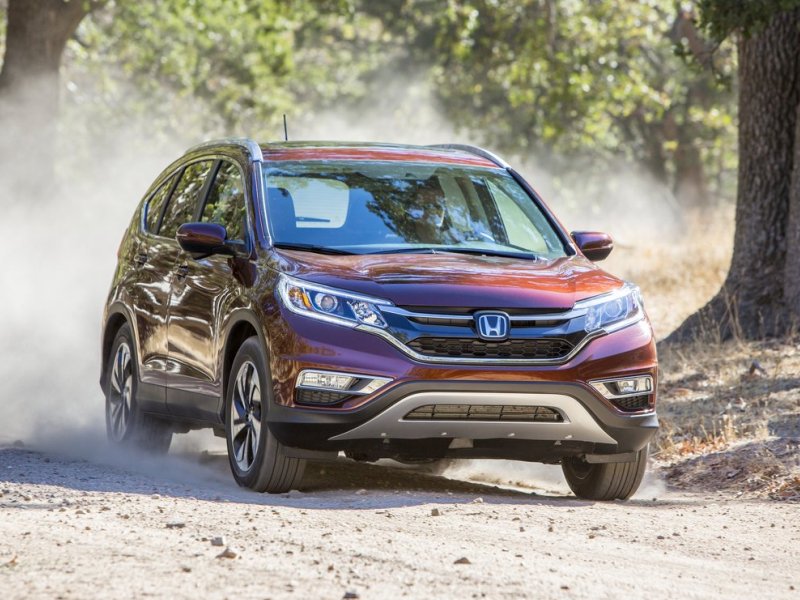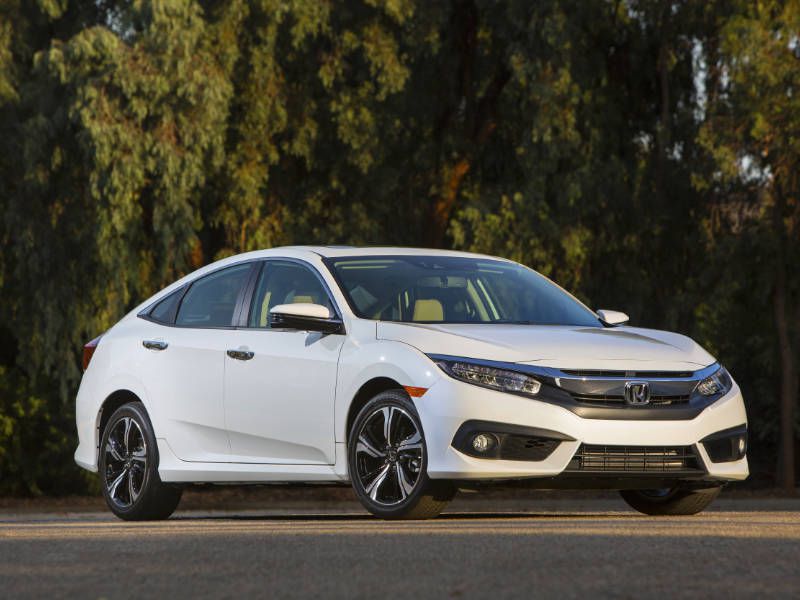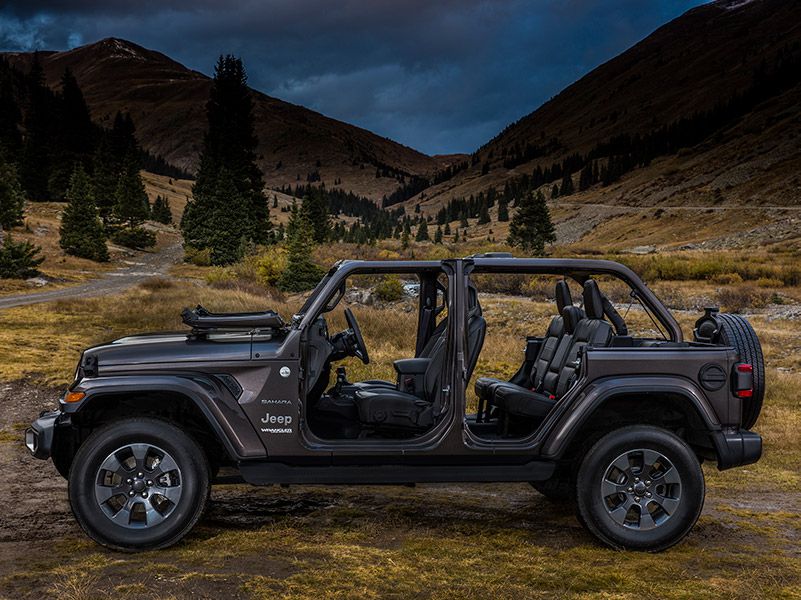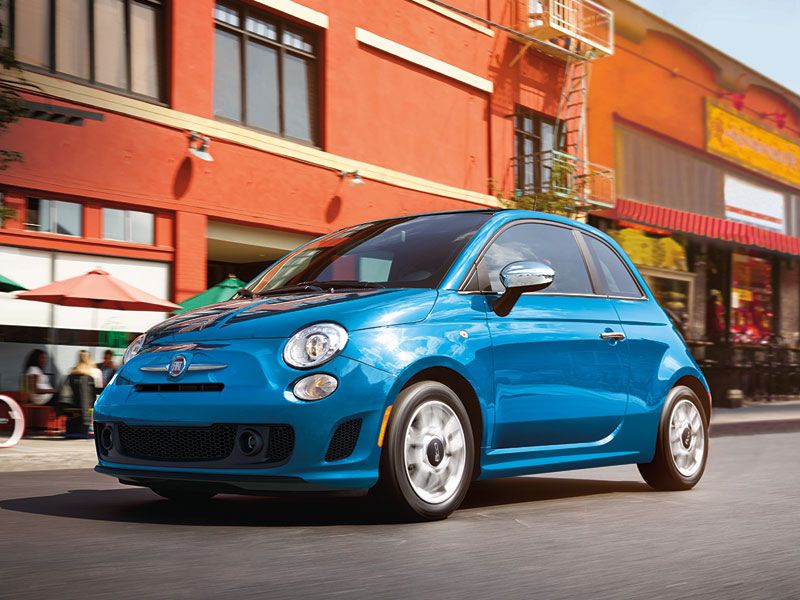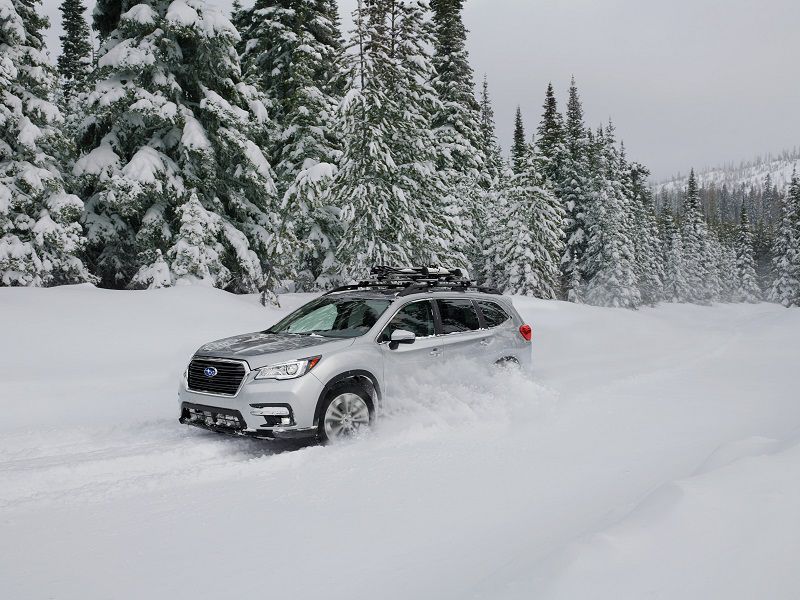Used Jeep Wrangler Buyer´s Guide
Used Jeep Wranglers are also a hot item. But there’s so many of them out there that prices remain affordable, and they’re a great way to jump into the Jeep lifestyle as well as pick up the world’s best off-road machine for a fraction of the cost of a new Wrangler. But which used Wrangler is right for you? To help you decide, we’ve created this Used Jeep Wrangler Buyer’s Guide. We’ll walk you through all the different Wrangler models dating back to 1987 and cover their current values so you can find the best Jeep for you at the best price.

The Five Generations
To most people, all Jeep Wranglers are the same. And they do have their similarities, including four-wheel drive with a low range transfer case and a removable roof. But each generation of the iconic SUV is unique and each version has its own charms.
Jeep didn’t use the Wrangler name until 1987. Before that, the Jeep was called the CJ, which stood for Civilian Jeep — distinguishing it from Army models. But Jeep enthusiasts still identify each generation of the Wrangler with two letters, like YJ, TJ, and JK. They don’t really stand for anything, they’re just the automaker’s internal designation for each version, but you will see them used in classified ads for used Wranglers. Here’s a list of the Wrangler generations along with their internal names:
1987-1995 Jeep Wrangler (YJ)
1997-2006 Jeep Wrangler (TJ)
2007-2018 Jeep Wrangler (JK)
2019-Present Jeep Wrangler (JL)

Convertible Soft Top or Removable Hardtop
Every Wrangler is a convertible, which is certainly part of the 4x4’s appeal. They also have removable doors, a rare feature in the marketplace that is now also found on the new 2021 Ford Bronco. If you really want the wind in your face as well as your hair, Wranglers also feature a collapsible windshield. Remove a few bolts and the Jeep’s windshield can be folded forward, lying flat on its hood. Bugs in your teeth will soon follow, but they’re part of the fun.
Every Wrangler is a convertible, but Jeep has always offered two styles of roof. Many have a folding soft top, which takes about 10 minutes to fold out of the way or reconstruct with a little practice. Its drawbacks include noise on the highway, plastic windows that yellow over time and can be hard to see out of, and reduced security. Anyone can basically unzip your side windows and climb inside your Jeep. The removable hardtop solves these problems, but it adds cost and requires tools to remove. And when it’s not on your Jeep, you need a place to store it.

Two-Door or Four-Door
Another choice you have when buying a used Jeep Wrangler is the 4x4’s door count. You can buy a classic two-door or a four-door called the Wrangler Unlimited. From 1987 to 2006, all Wranglers were two-doors. But in 2007, Jeep added back doors to its extended-length Wrangler Unlimited; this heavily reconfigured model provides a 20.6-inch longer wheelbase and a much wider backseat with additional legroom. A two-door Wrangler is snug for four, but an Unlimited can seat five comfortably.
When Jeep introduced the four-door Unlimited, it meant the Wrangler could hold more gear. But more importantly, it could be used as a family car. Sales skyrocketed. Today, more than 90 percent of Wranglers sold are four-door Unlimiteds. And it has been the only four-door convertible on the market for 13 years. But once again, that will change when the 2021 Ford Bronco goes on sale.

The Rubicon
All Wranglers are very capable off-road. They’re also the easiest vehicle to drive on dirt and through tight trails because of their small size and maneuverability. A Wrangler’s approach, departure, and breakover angles are also consistently among the best in the world, so the Jeep can climb over obstacles other 4x4s can’t.
But in 2003, Jeep took the Wrangler’s off-road ability to the next level. It introduced the Wrangler Rubicon and created the most off-road capable Jeep ever. Named for Utah’s iconic Rubicon Trail, one of the toughest in the country, the Wrangler Rubicon got tougher Dana 44 axles with locking differentials, additional skid plates, better tires, even more ground clearance, and a lower 4:1 transfer case ratio for improved crawling capability. It was an instant hit, and over the years it has only gotten better, which is why Rubicons cost a bit more on the used car market than other Wrangler models like the Sahara, Sport, and Overland.
1987-1995 Jeep Wrangler (YJ)
Easily identified by their rectangular headlights, the YJ was the first and only Wrangler without round lights. The purists initially took offense, but most have gotten over it. YJs were more civilized than previous Jeeps, but their suspension still uses crude leaf springs, so they don’t ride as well as later models, which have coil springs. Air conditioning was available for the first time but wasn’t very common.
A four-speed automatic transmission was available, but most YJs have a five-speed manual. Under the hood, Jeep offered a 117-horsepower 2.5-liter four-cylinder or a 112 hp 4.2-liter inline six-cylinder. Acceleration can be timed with a calendar. In 1988, Jeep installed a tougher transfer case, and in 1991 it introduced the High Output 4.0-liter inline six-cylinder with 180 hp. That engine would become very popular for its performance and durability. The four-cylinder remained standard. YJs built after 1992 finally got three-point rear seatbelts, and anti-lock brakes became optional in 1993.

1997-2006 Jeep Wrangler (TJ)
Round headlights returned on the TJ, and Jeep replaced the Wranglers leaf springs with coil springs to improve its ride. The standard 2.5-liter four-cylinder was replaced by a 2.4-liter with a single overhead cam in 2003. Most buyers still prefer the 180-hp 4.0-liter inline six-cylinder, which got bumped up to 190 hp in 2001. The three-speed automatic was replaced by a far superior four-speed unit in 2002, and a six-speed manual transmission replaced the five-speed in 2005. The TJ was the first Wrangler with front airbags, and its interior is much more civilized compared to the YJ, but it’s still crude by today’s standards.
Late in the 2004 model year, Jeep introduced the longer two-door Wrangler Unlimited with a stretched 103.5-inch wheelbase. These are sometimes called LJs because they are longer, and they were only available with the 4.0-liter engine. A Rubicon version was added in 2005 and remains very popular. An LJ Rubicon costs considerably more than shorter versions.

2007-2018 Jeep Wrangler (JK)
The civilization of the Wrangler continued with the JK. These are the first Wranglers with power windows, power locks, and a touchscreen on the dashboard. They also ride much better than previous Wranglers and they’re more spacious. Jeep extended the JK’s wheelbase a few inches and made the cabin wider, adding quite a bit of room inside, and the Unlimited became a four-door SUV.
Stability control added safety, and the Wrangler’s cabin was redesigned again in 2011 with automatic climate controls. A gaggle of trim levels with rugged names like Arctic, Moab, and Mountain appeared. The Rubicon gained a disconnectable front sway bar for increased suspension travel. The 4.0-liter was replaced with a 202 hp 3.8-liter V6, backed by either a six-speed manual or a more popular four-speed automatic. But a much better combo came along in 2012: a 285-hp 3.6-liter V6 and Jeep’s new five-speed automatic. A six-speed manual remained standard.

2019-Present Jeep Wrangler (JL)
Introduced just two years ago, used JLs still cost a pretty penny — but if you want the most capable Wrangler off-road and the most comfortable on-road, you want a JL. Last year, I drove a stone-stock 2019 Jeep Wrangler Unlimited Rubicon the entire length of the Rubicon Trail and it was easy. While on the road, its ride was pleasantly supple, and Jeep’s engineers did an amazing job retuning its steering, which feels more connected to the road than it used to.
Although JLs still look like a proper Jeep, they have a few subtle curves and muscular faux front fender vents that modernize their look, along with a windshield that isn’t quite as upright. The 3.6-liter V6 engine is still standard, and it’s plenty powerful, but Jeep also offered a more fuel-efficient turbocharged 2.0-liter four-cylinder with 270 hp as well as a turbodiesel, which expands the 4x4’s fuel range considerably. A six-speed manual transmission is standard but most buyers go for the optional and excellent eight-speed automatic, which is mandatory with the four-cylinder or the diesel.
What They Cost
Beaten and battered Jeep Wranglers aren’t hard to find. Some of these vehicles lead hard lives, their ridden hard and put away wet, as the saying goes. But we recommend spending a little more and buying a Wrangler that’s been properly cared for — used but not abused.
In good condition, YJs are the least expensive. A nice YJ can be found for below $10,000, while the best examples have an average price of about $19,000. Six-cylinder models cost a bit more, but the additional performance is worth it. With prices ranging from about $7,000 to $20,000, TJs don’t really cost any more than a YJ and you’re getting a lot more Jeep for your money. Rubicons and Unlimiteds sell for about $12,500, but the very best examples cost about twice as much. Early JKs with over 200,000 miles are out there for less than $10,000, but newer models with fewer miles are still above $25,000. Four-door models and Rubicons always demand a premium. Used JLs start just under $30,000. Remember, they’re barely a year old. Whichever Wrangler you decide is best for you, always buy the very best example you can afford.

